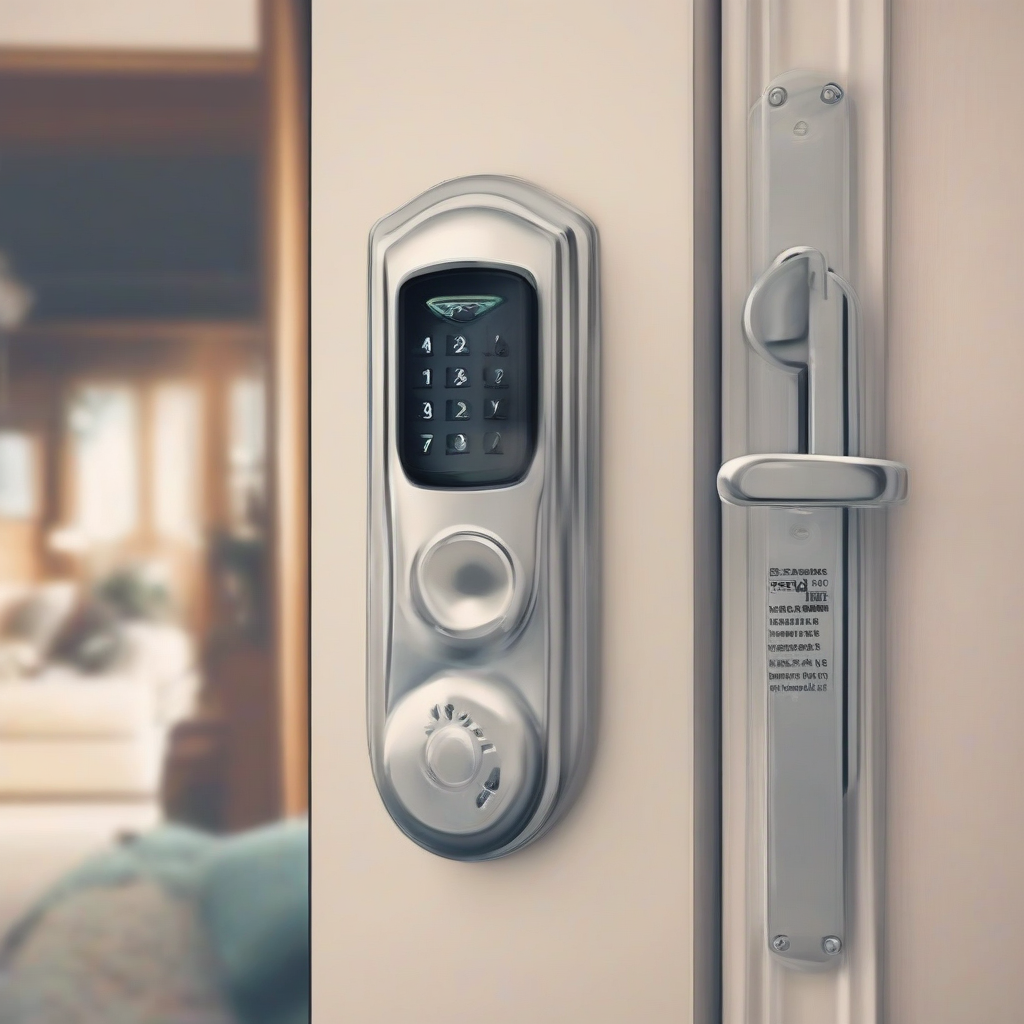Home Security System Alarms: A Comprehensive Guide to Protection and Peace of Mind
Home security system alarms are an essential component of a comprehensive home security strategy. They provide a crucial layer of protection against intruders, alerting you and potentially emergency services to suspicious activity. This guide will delve into the various types of alarms, their functionalities, installation processes, maintenance requirements, and the factors to consider when choosing a system for your home.
Types of Home Security System Alarms
- Monitored Alarms: These systems connect to a central monitoring station. When the alarm is triggered, the station is notified, and they dispatch emergency services if necessary. This offers a higher level of protection, as professional monitoring ensures a swift response even if you’re not home.
- Unmonitored Alarms: These systems only sound an alarm locally. They don’t connect to a central station, relying solely on the homeowner to respond to the alarm or notify authorities. While less expensive, they offer less protection, particularly if no one is home when the alarm is triggered.
- Wireless Alarms: These systems use wireless technology to connect sensors and components, allowing for easier installation and flexibility in placement. They often require batteries, needing periodic checks for power levels.
- Wired Alarms: These systems utilize wired connections between components, offering potentially more reliable signal transmission and less susceptibility to interference. They require professional installation and can be more difficult to modify or expand.
- Cellular Alarms: These systems use a cellular connection to communicate with the monitoring station, offering a reliable backup in case of landline failure.
- Dual-Path Alarms: These systems utilize both landline and cellular connections, providing redundancy and ensuring reliable communication in almost any scenario.
Components of a Home Security System Alarm
- Control Panel: The central hub of the system, where you arm and disarm the alarm, view system status, and manage settings.
- Sensors: These detect intrusion attempts, including door/window sensors, motion detectors, glass break detectors, and perimeter sensors.
- Sirens: These produce loud audible warnings to deter intruders and alert neighbors.
- Keypads: Used for arming and disarming the system, often located near entrances.
- Key fobs: Remote controls for arming and disarming the system.
- Cameras: Increasingly integrated, cameras provide visual verification of events, enhancing security and providing evidence if necessary.
- Smart Home Integration: Many modern systems integrate with other smart home devices, allowing for automation and enhanced control.
Installation of Home Security System Alarms
Installation varies depending on the type of system. Wireless systems are generally easier to install, allowing for DIY setup. Wired systems require professional installation due to their complexity and need for proper wiring.
- DIY Installation (Wireless): Typically involves placing sensors on doors and windows, connecting them to the control panel, and programming the system.
- Professional Installation (Wired): Requires a trained technician to run wires throughout the home, connect components, and configure the system properly.
Choosing the Right Home Security System Alarm
Selecting the ideal system depends on several factors:
- Budget: Costs vary significantly depending on the features, type of system, and monitoring services.
- Home Size and Layout: Larger homes require more sensors and potentially professional installation.
- Security Needs: Consider your specific risks and vulnerabilities to determine the level of protection needed.
- Technology Preferences: Choose a system that integrates with your existing smart home devices and fits your tech comfort level.
- Monitoring Services: Decide whether you need professional monitoring or are comfortable with an unmonitored system.
Maintenance of Home Security System Alarms
Regular maintenance is crucial for optimal performance and reliability.
- Battery Checks (Wireless Systems): Regularly check and replace batteries in wireless sensors and key fobs to prevent system failures.
- System Tests: Periodically test the system to ensure all components are functioning correctly.
- Sensor Cleaning: Clean sensors to prevent dust and debris from interfering with their operation.
- Software Updates: Keep the system’s software updated to benefit from security patches and new features.
Benefits of Home Security System Alarms
- Deterrence: The visible presence of a security system can deter potential intruders.
- Early Warning: Alarms provide early warning of intrusion attempts, allowing for prompt response.
- Emergency Response: Monitored systems can quickly dispatch emergency services.
- Peace of Mind: Knowing you have a security system in place can provide significant peace of mind.
- Insurance Discounts: Many insurance companies offer discounts to homeowners with security systems.
- Remote Monitoring: Many modern systems offer remote monitoring and control via mobile apps.
Advanced Features in Home Security Systems
- Smart Home Integration: Control your alarm system alongside other smart devices, creating automated routines.
- Video Surveillance: Integrate cameras for visual monitoring and recording of events.
- Two-Factor Authentication: Enhanced security measures to prevent unauthorized access.
- Geolocation Tracking: System automatically arms or disarms based on your location.
- Environmental Sensors: Detect smoke, carbon monoxide, or water leaks, providing additional safety.
Troubleshooting Common Home Security System Alarm Issues
- False Alarms: Identify and address the cause of false alarms, such as faulty sensors or pets triggering motion detectors.
- System Malfunctions: Check battery levels, wiring, and connections. Contact the manufacturer or installer for assistance.
- Communication Issues (Monitored Systems): Ensure proper communication with the monitoring station. Check internet or phone line connections.
Choosing a Monitoring Service
If you opt for a monitored system, choosing a reputable monitoring service is crucial.
- Response Time: Check the monitoring company’s average response time to alarms.
- Customer Service: Assess their customer service responsiveness and helpfulness.
- Contract Terms: Carefully review the contract terms and conditions.
- Technology Used: Consider the technology used by the monitoring company, ensuring compatibility with your system.
The Future of Home Security System Alarms
The field of home security is constantly evolving. Future developments will likely include greater integration with AI, improved analytics for threat detection, and more sophisticated automation features. The focus will continue to be on providing increased convenience, enhanced security, and more personalized protection for homeowners.

